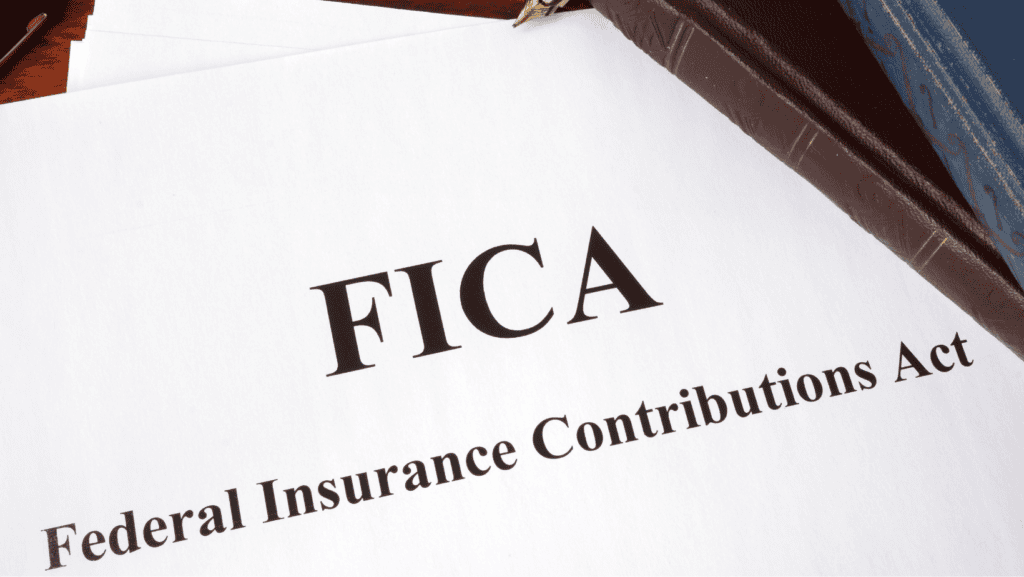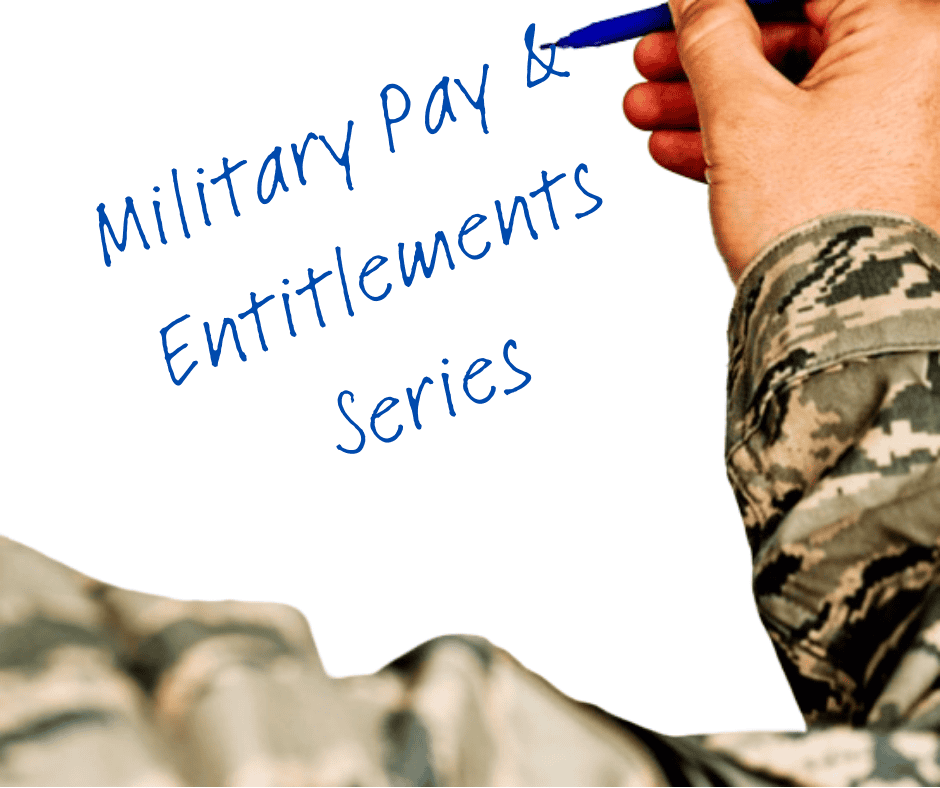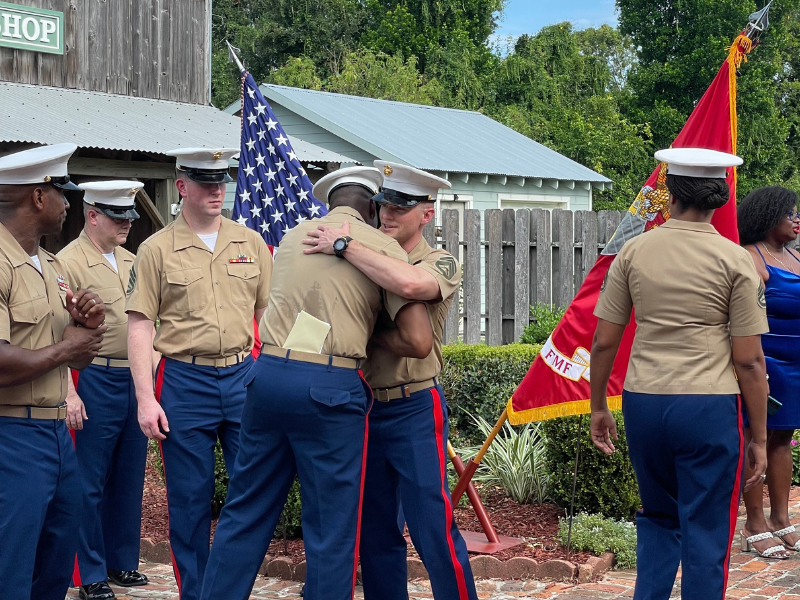Previous Post
Military Pay and Entitlements – Common Deductions
Posted on March 14, 2024 by Charlie Marlow
Deductions From Military Pay
As in civilian life, there are a number of deductions that must come from a military paycheck. Some deductions are mandatory and some are voluntary. Let’s take a look at some of the more common deductions.
Federal Income Tax Withheld (FITW)
As in civilian life, military pay is taxable unless earned while in a combat zone tax exclusion area which we will discuss a bit later. Members are encouraged to select the correct filing status as to have the optimum amount withheld from their pay to meet their tax liability for the year.
State Income Tax Withheld (SITW)
Some states tax all military pay, some tax a portion of military pay, some tax military pay only when stationed within that state, and some states have no state income tax requirement at all for military pay. The most accurate information about state tax may be obtained from your state’s taxing authority’s website. A link to each state’s taxing authority can found at the IRS site State Government Websites | Internal Revenue Service (irs.gov).
The DODFMR Volume 7A, Chapter 44 is the DoD policy of taxation of military pay including instances when FITW and SITW may not be required.
Federal Insurance Contributions Act (FICA)
The FICA tax component for Old Age, Survivors, and Disability Insurance (OASDI) tax is also called Social Security tax, and the FICA tax component for Hospital Insurance tax, is also called Medicare tax. DODFMR Volume 7A, Chapter 45 establishes the FICA policy for military pay.
Deductions for the Armed Forces Retirement Home (AFRH)
This deduction supports the Armed Forces Retirement Homes in Washington, DC and Gulfport, MS to provide residences and related services for retired and former members of the Armed Forces who meet the eligibility requirements. The current deduction is $1.00 per month from regular enlisted members, warrant officers, limited duty officers, and Coast Guard members when it is operating as a Military Service in the Navy. Reserve component members and commissioned officers are not subject to this deduction. DODFMR Volume 7A, Chapter 46.
Servicemembers’ Group Life Insurance (SGLI)
SGLI is low-cost term life insurance coverage that provides life insurance coverage of up to $500,000 per military member. Members are typically automatically enrolled upon entry into the military and are continued throughout their career unless waived by the member. SGLI website: Servicemembers’ Group Life Insurance (SGLI). The DODFMR Volume 7A, Chapter 47 provides guidance for the administration of SGLI deductions.
Members covered by SGLI may also be covered by Traumatic Injury Protection, which provides short term financial support to help eligible members recover from a severe injury. There is an additional $1.00 per month premium for the coverage. See Traumatic Injury Protection (TSGLI) for details.
Family Servicemembers’ Group Life Insurance (FSGLI)
The FSGLI is term life insurance coverage available for a service member’s spouse and dependent children. A maximum benefit of $100,000 is available at a small, age-based premium for the spouse and children are covered at no cost. Spouses and children are eligible if the member is covered by SGLI. To get these benefits visit Family Servicemembers’ Group Life Insurance (FSGLI).
Tricare Dental Program (TDP)
The Tricare Dental Program is voluntary. This dental plan is available to any eligible family members. See the DODFMR Volume 7A, Chapter 54 for details about eligibility and enrollment.
Discretionary Allotments
An allotment is a deduction from a military member’s pay to be sent to a recipient of the member’s choice, with certain limitations. A member may have up to six discretionary allotments to a financial institution, dependents or relatives, insurance companies, for the payment of mortgage or rent, or to the Savings Deposit Program. The DODFMR Volume 7A, Chapter 40 provides general provisions of allotments and Chapter 42 prohibits the use of allotments to purchase, lease, or rental of personal property or payment toward personal property. Members must certify that the allotments are not being used for those purposes.
Non-Discretionary Allotments
Per DODFMR Volume 7A, Chapter 43 provides policy for members to create other allotments for the purchase of U S Savings Bonds, contributions to certain charitable organizations such as the Combined Federal Campaign and service relief organizations, allotments for privatized housing payment, and to pay for a delinquent travel charge card debt.
Military Pay & Entitlements Series
1. Introduction
2. Basic Pay
3. Basic Allowance for Subsistence (BAS) – Food Allowance
4. Basic Allowance for Quarters (BAH) – Housing Allowance
5. Common Deductions
6. How to Read Your Leave and Earnings Statement (LES)
7. Uniform and Clothing Allowances
8. Cost of Living Allowance (COLA)
9. Special and Incentive Pays
10. Additional Special and Incentive Pays
11. Overseas or Station Allowance
12. PCS and Travel
13. Special Situations
Military Pay & Entitlements Series – Printable Version of the Whole Series
Explore More with My Military Lifestyle and Finances!
Next Post
Written by
More Military Life Posts












